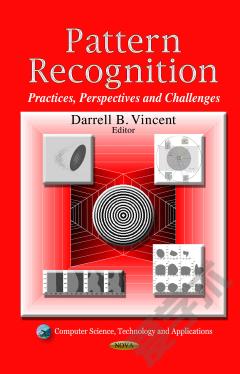Active and Collaborative Learning: Practices, Problems and Prospects
Active and collaborative learning provide a powerful mechanism to enhance depth of learning, increase material retention, and get students involved with the material instead of passively listening to a lecture. Active learning is a learning style with students involved in the learning process as active partners: meaning they are “doing”, “observing” and “communicating” instead of just “listening” as in the traditional (lecture-driven) learning style. In active learning, students are much more actively engaged in their own learning while educators take a more guiding role. Collaborative learning is a learning style in which a group of learners (two or more) study together in a collaborative environment. Collaborative learning is based on the model that knowledge can be created within a population where members actively interact by sharing experiences and take on asymmetric roles. Active and collaborative learning approaches are thought to promote the processing of skills/knowledge at a much deeper level than passive and individual learning. This book covers a wide range of interesting topics related to active and collaborative learning. The first chapter covers the background and a comprehensive survey of active and collaborative learning. Chapters two, three, four, and five cover the use of active and collaborative learning in programming, web analysis, and social settings, respectively. Chapters six, seven, and eight cover the applications of active and collaborative learning in mobile and cloud computing related topics. The rest of the book (chapters nine, ten, and eleven) covers a wide range of the modern applications of active and collaborative learning in several medical and health related areas.
{{comment.content}}








 京公网安备 11010802027623号
京公网安备 11010802027623号